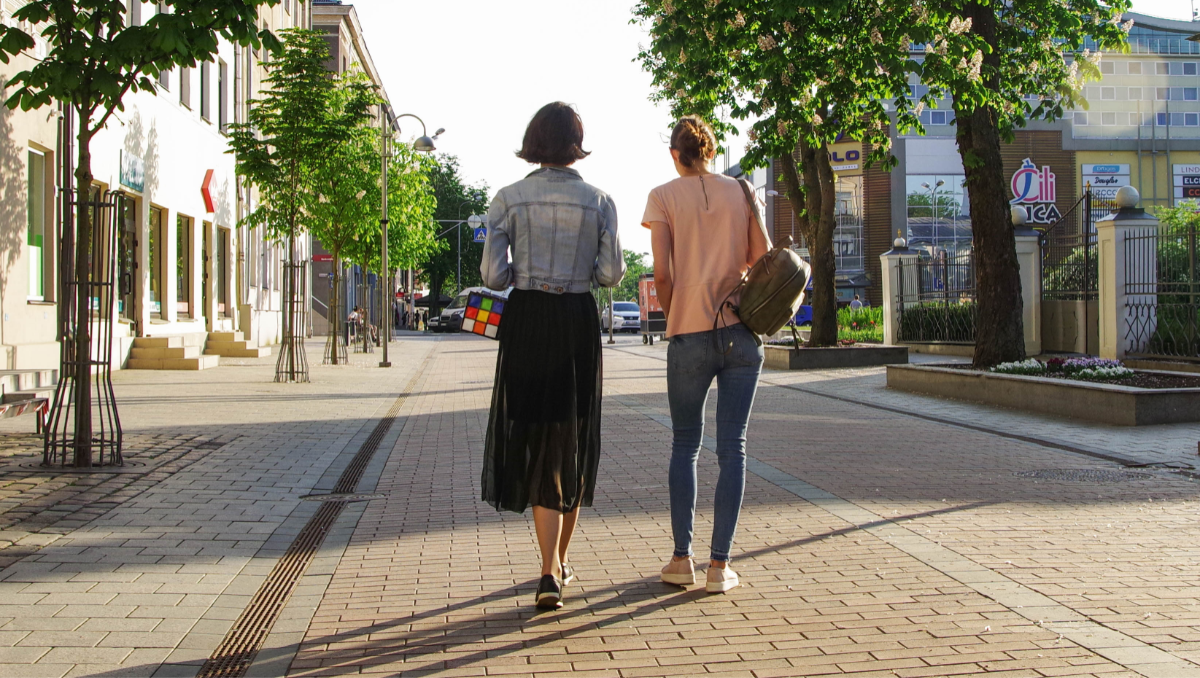A typhoon hit the Philippines, but few have told the story of the aftermath — until now.
Do you remember the typhoon that hit the Philippines in November 2013? It struck the island, killing more than 6,000 people and leaving more than 4 million homeless. But the country has been left largely off the radar in global news since then. Why? Because the country isn't America?
This photo series shows what one aid worker has seen since the typhoon hit and how children are struggling to survive in a country heavily affected by the natural disaster.
Meet Michelle Wang, shown above. Wang is a psychologist specializing in post-traumatic stress disorder (PTSD) who recently returned from a two-week trip to the Philippines to train psychology students and conduct fieldwork in communities that are still recovering from Typhoon Haiyan.
Below are her own words in which she explains what the photos mean.
"This is not an unusual or uncommon sight. During my trip, I would often find former residents squatting in piles of debris, trying to sift through and find items that might still be useful or valuable. Everyone on the streets seemed focused on the practical situation at hand, which was to re-build their lives. At least in public, no one seemed to be shedding tears.
"The absolute destruction is shocking. There's just no other way to say it. Even when I was still on the plane, especially from the plane, it was insane. Just stretches of land with no structure but one single boat. Such desolation.
"Because there were so many bodies to bury so quickly, the graves are very shallow. So dogs have dug up some of the bodies and children have reported seeing dogs with body parts in their mouths. The smell of death still lingers in the breeze. It will catch you in your tracks, you don't even want to wonder what it is or where it's coming from."
"These two children ran out to greet me when they saw I had a camera. They were eating breakfast and the boy was showing me that what he was eating was tasty. From what I saw, this type of housing — with actual doors and even a lock — indicates relatively good conditions compared to the rest of the coastal villages. Most of the temporary living quarters are not tall enough to fit a stool or hang clothes.
"Many of the survivors were all talking about relief and the humiliation of standing in line every morning waiting for food. They'd rather have nets to fish.
"They were all telling me that the cameras are now gone, and they're not getting the coverage they used to be.In terms of the psychological phase, many of the typhoon's survivors are in the disillusionment phase: 'Where is the help we were promised? We're hearing about all of these money coming in, but it's not trickling down to us.'
"When PTSD develops, this disillusionment phase is very vulnerable. You could see it in the survivors' posture and the way they walk. Heartbreaking, how the body betrays the mind.
"The antidote to disillusionment is empowerment."
"This is the school in Candahug. It is one of the few buildings still standing and the village seems grateful for this. When I asked the children if they enjoy being back in school, they yelled emphatically without any hesitation that they loved it because they got to play and be around their friends.
"I spoke to some parents in Tacloban city who actually discouraged their children from returning to school, saying they felt anxious and scared about sending them back after only two months post-typhoon. Many relatives are still very scared and protective. There's a desire to shelter their children from the outside world, which is itself a symptom of trauma. So every day these children are home, absorbing their parent's fear and anxiety."





 Women walking down a street.Image via Canva Photos.
Women walking down a street.Image via Canva Photos.  Woman aware of her surroundings in a parking garage. Image via Canva Photos.
Woman aware of her surroundings in a parking garage. Image via Canva Photos.

 Mom ties kid's shoe.
Mom ties kid's shoe. Girl helping tie shoelaces on the trail.
Girl helping tie shoelaces on the trail.